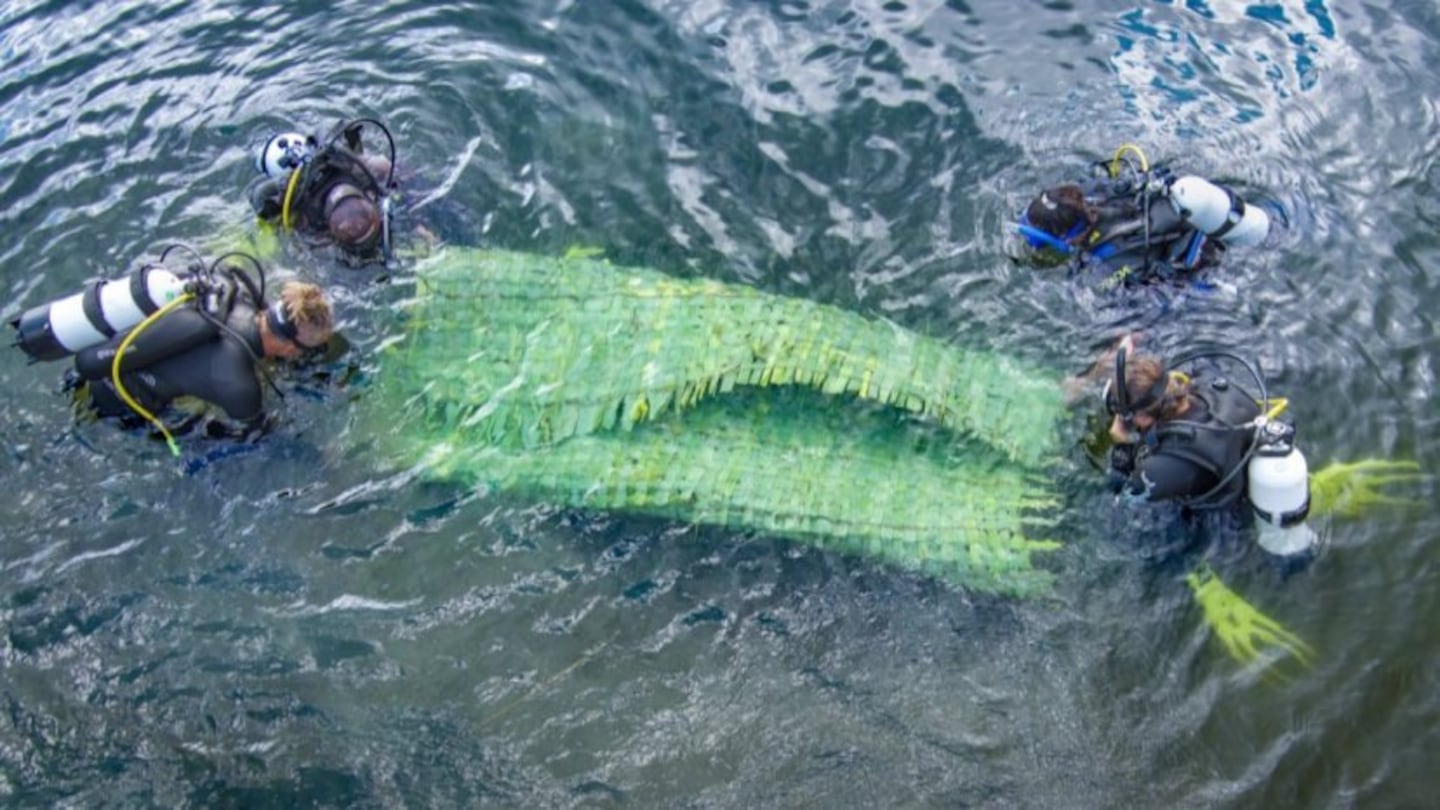The use of uwhi mats has seen matauranga Māori and science collaborating to help the restoration of freshwater native species of kaimoana since its inception last year by Te Arawa Lakes Trust Biodiversity Group and Te Roopu Raranga o Rotorua.
Uwhi is an underwater mat made of harakeke (flax) that helps suppress pest weed and allows native vegetation to regrow, helping taonga species, such as kākahi (freshwater mussels), tuna and koura (freshwater crayfish).
Te Arawa Lakes Trust operations manager for biosecurity Wiremu Anaru says the trust saw an opportunity for a local solution to a nationwide freshwater restoration problem, when he found out similar mats made of hessian fabric had been made and used for the same thing.
“The thought came to me just before lockdown,” Anaru says.
“We had an aquatic weed pest conference where we had a whole bunch of agencies and regional councils from all over the country. We were sitting around the table, listening to how they use hessian down in the South Island.
"It was like it’s a no brainer, we should be using harakeke. It’s here, our people know how to use it, we’ve been using it for generations.”
With last year’s lockdown due to the Delta outbreak leaving many weavers and carvers out of mahi around Rotorua, Anaru and the trust had an idea to change that.
Recently unemployed hired
“We approached Land Information New Zealand, we said to them, ‘we’ve got this idea, we can create some jobs for our whanau.’ We were lucky enough to get the funding. So we’ve worked with LINZ and we worked with Te Roopu Raranga o Rotorua.”
“For the latest installation, the weavers themselves picked people who had recently become unemployed to work on this project over the past few weeks. They’re the experts on who can do what and how they do it, so we left it up to Te Roopu Raranga o Rotorua to choose the people there.
“I’ve been involved in biosecurity for ages and it’s just cool to be able to help them, help us, help the taiao.”
The response both at home and abroad has been amazing since the mats were put down in December last year, he said.
“Contact was made by a bunch of hapū and iwi around Aotearoa. There are whānau in the Northern Territories [Australia] that want to use a similar type system for water that has been impacted by some of these invasive weeds, so everyone’s been positive.
“We just wanted to get it to this next step where we can create permanent employment opportunities for our whānau, so we can use this method to clean up all of Aotearoa.”

